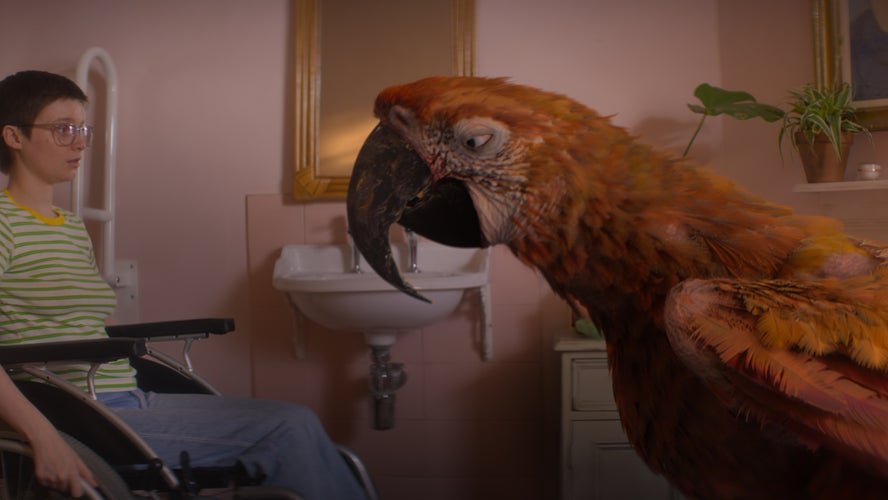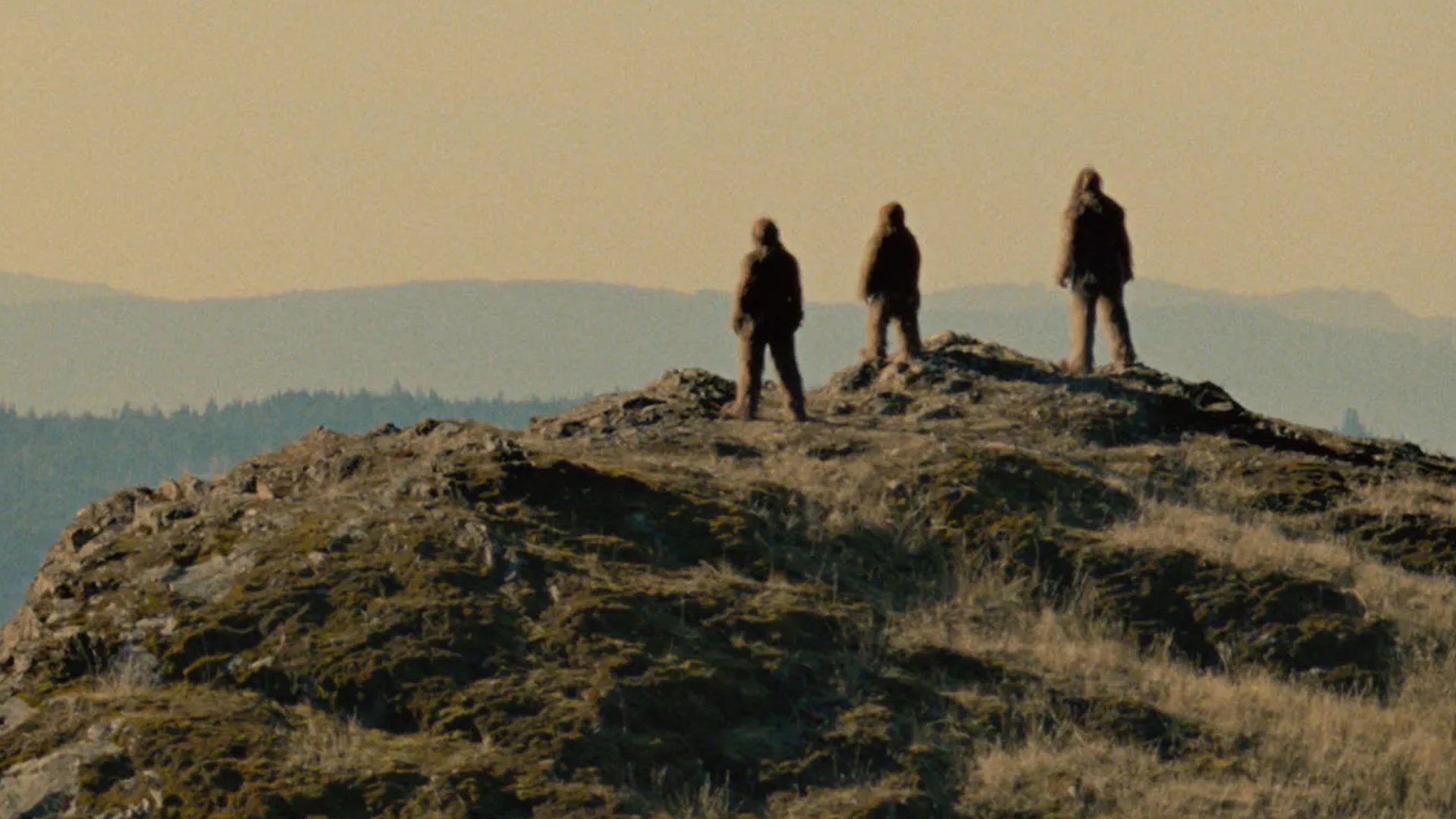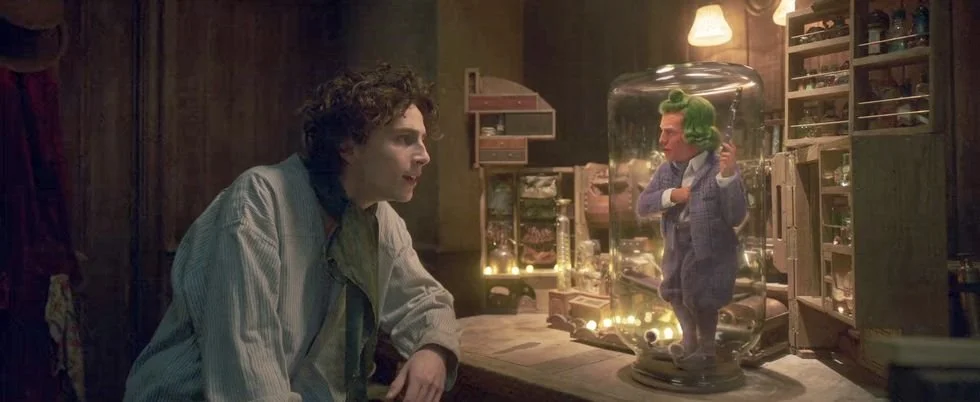HOW TO TRAIN YOUR DRAGON
Directing: B-
Acting: B
Writing: B-
Cinematography: B-
Editing: B-
Special Effects: B+
The burning question right now is this: what was the point of a live-action remake of the Dreamworks Animation hit How to Train Your Dragon, all of fifteen years later? What purpose does it serve, aside from greater box office earnings?
I’m coming up short on an answer. When the original animated film was released in 2010, one of my minor complaints was about its “needlessly breakneck pace from start to finish,” in a film with a runtime of 98 minutes. With this 2025 live-action remake, however, the runtime is 125 minutes—and that feels about 20 minutes too long.
Disney has already cashed in on a string of live-action remakes of classic animated features, which were also mostly pointless but for their box office potential. Dreamworks is apparently eager jump on this bandwagon, even though the animated How to Train Your Dragon already spawned two sequels, the most recent of which was released only six years ago. Sitting through the live-action version today, I found myself struggling to see how it justified its own existence, especially given how similar it is to the original, just fleshed out to a runtime far too long for an ostensibly “family film” one can assume would include children in its audience. Kids were rapt by the 2010 film; they may get bored with this one. For more likely, adults will.
What’s more, “live action” is a term used very loosely here, as all the dragons are rendered with CGI animation. The only difference is the human characters actually acted on camera. The most fun thing, arguably, about this How to Train Your Dragon is that Gerard Butler reprises his role as Stoick, the disconnected father of Hiccup, this story’s hero.
Hiccup was voiced in 2010 by Jay Baruchel, who was 28 at the time but still had his youthful-sounding voice. He’s 43 years old now and clearly can’t play a teenage character onscreen—he wouldn’t even have been able to 15 years ago—so he’s replaced by 17-year old Mason Thames, much more convincing as the scrawny Viking kid who dreams of being a dragon killer but only manages to wreak havoc with his awkward mistakes instead. Thames is well cast as a live-action avatar for how Hiccup was drawn as an animated character, and he holds the screen well too.
On the off chance you don’t already know, the basic premise here is that Hiccup discovers the dragons of this world, of which there are many, are misunderstood animals and not the ruthless killers the Viking villagers have regarded them as for generations. He manages to injure the elusive “Night Fury” dragon, but when he goes to hill the dragon, whom he later names “Toothless,” he befriends him instead. What follows is a struggle for Hiccup to convince his village that the dragons are smarter than they appear and mean them no harm.
Hiccup is very effectively an awkward outsider, which makes for a lot of awkwardness in the first half of this film, which sometimes works and a lot of times doesn’t. A lot of this How to Train Your Dragon is so cutesy and cartoony, it again begs the question: why not just let the animated feature stand on its own? Nothing truly realistic occurs in this “live action” rendering, least of all the way Hiccup eventually figures out how to ride Toothless. And I said this in my review of the 2010 film and it still feels the same now: the creature design of Toothless has an uncanny resemblance to that of Stitch from Lilo & Stitch—and ironically, a live action remake o Lilo & Stitch is also in theaters right now.
To this new How to Train Your Dragon’s credit, it gets better as it goes along—the second half is much better, and certainly more exciting, than the first half. I suppose that’s better than it being the other way around. I eventually found myself invested in the characters and in the story, in ways I wasn’t for some time at the start. And some further fun casting includes Nick Frost as Gobber, the guy who trains upcoming dragon slayers; Julian Dennison (the kid previously seen in Hunt for the Wilderpeople, Deadpool 2, Godzilla vs. Kong, and Y2K) as one of Hiccup’s fellow dragonslayers-in-training; and Nico Parker (Joe’s daughter from the premiere episode of The Last of Us) as Astrid, Hiccup’s eventual love interest.
By the time of How to Train Your Dragon’s conclusion, I had to admit I was pretty entertained. It just had to go through a bit more awkward, cartoony cutesiness to get there than I would have preferred. Entertaining or not, I remain unconvinced there was any great reason to make this movie to begin with, but if it’s the thing on the screen in front of you then it works well enough.
This seems awfully familiar.
Overall: B-










